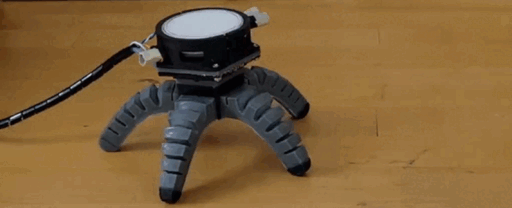“By growing mycelium into the electronics of a robot, we were able to allow the biohybrid machine to sense and respond to the environment,” said senior researcher Rob Shepherd, a materials scientist at Cornell, when the research was published in August.



It’s just randomly moving around.
It needs a “mouth” so it can be rewarded for moving towards food and then we can see if it can move the robot towards food
Idk, humans could be food and that could cause problems…
Yeah. But without something to reward it for specific movements, it’s just random noise.
I guess you could give it some type of photosynthesis and a light that slowly moves, see if it follows. Then eventually give it complicated paths where it has to travel to a light and not just stay under it.
But the human nervous system is basically the same thing, if it can control a robot it could hypothetically control humans.
If you can turn a story this cool into “it’s just randomly …” I don’t know what ever would impress you